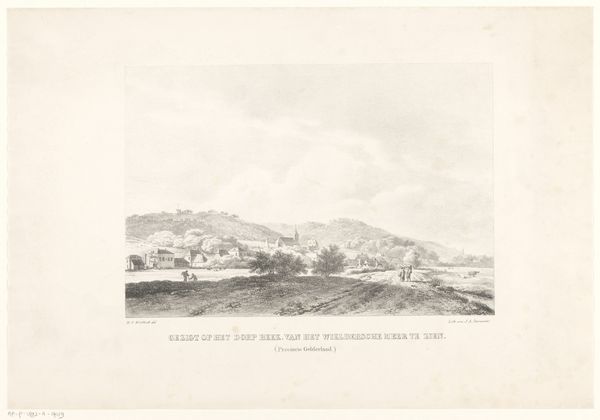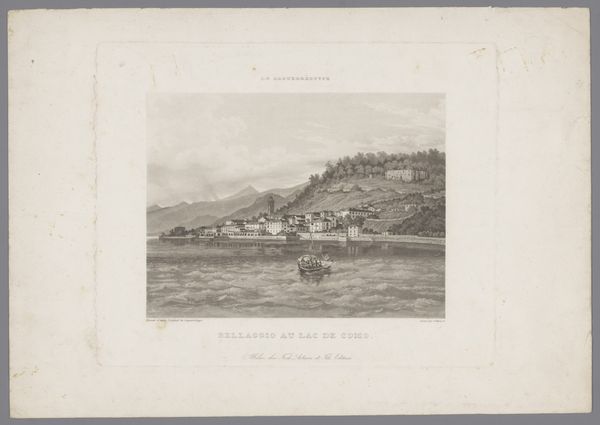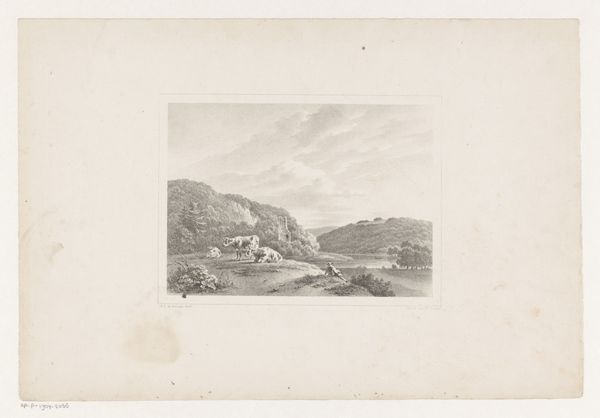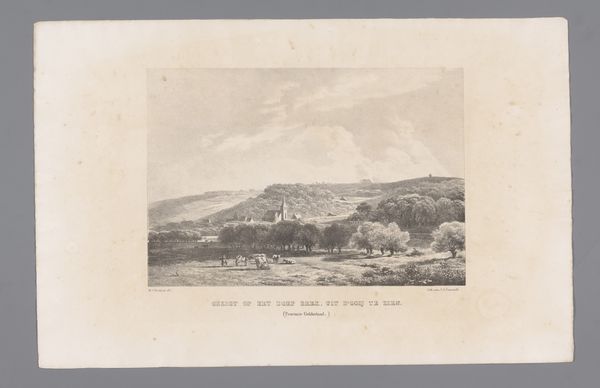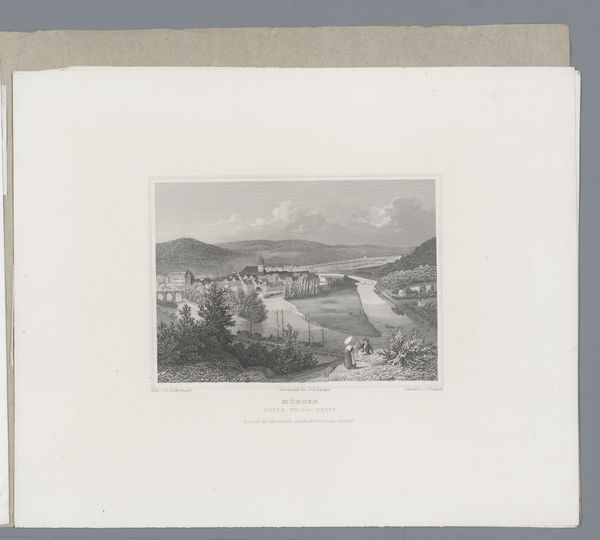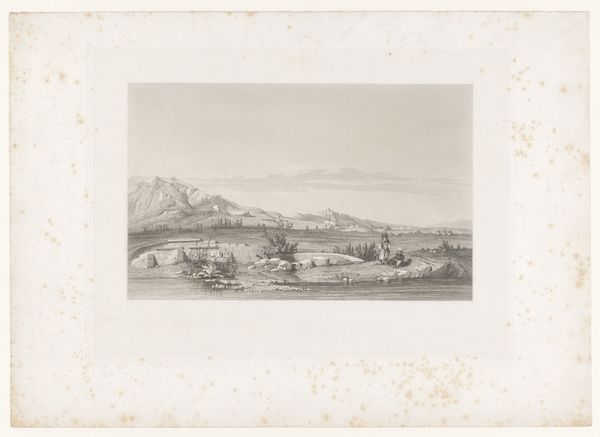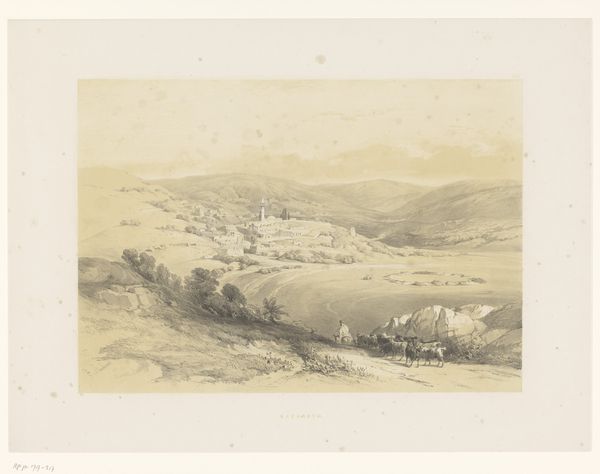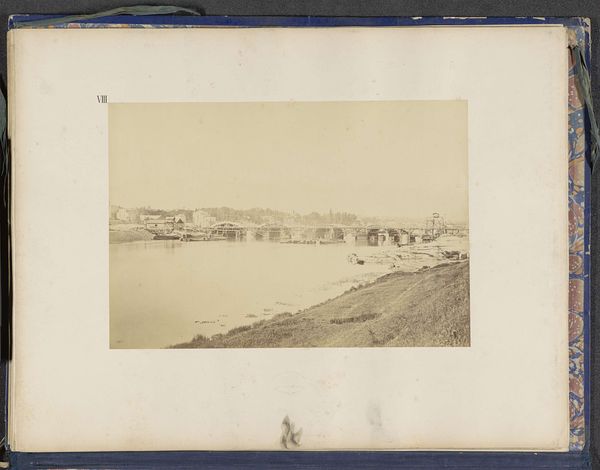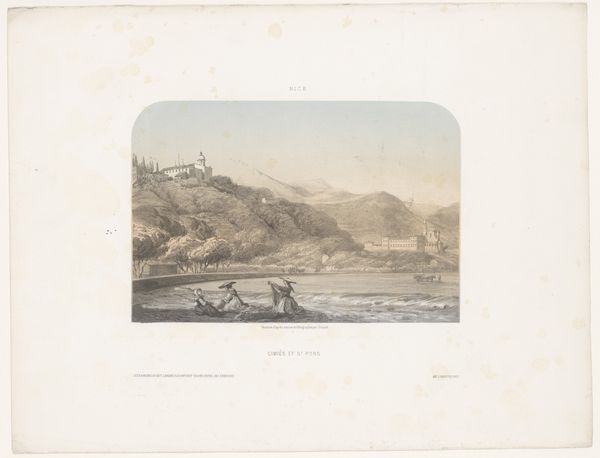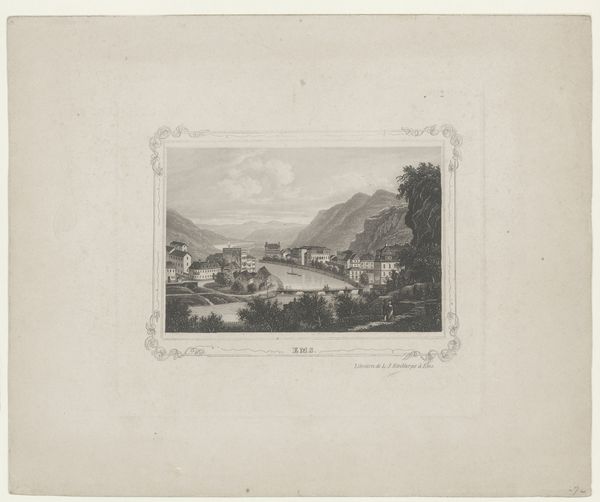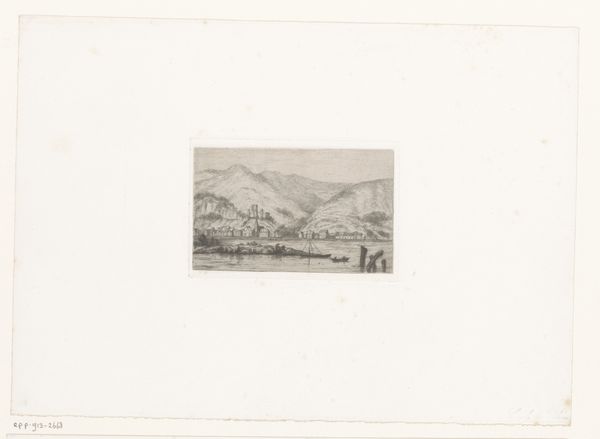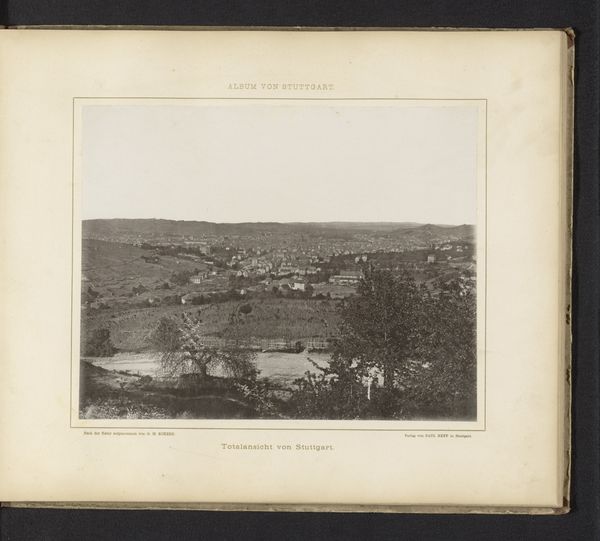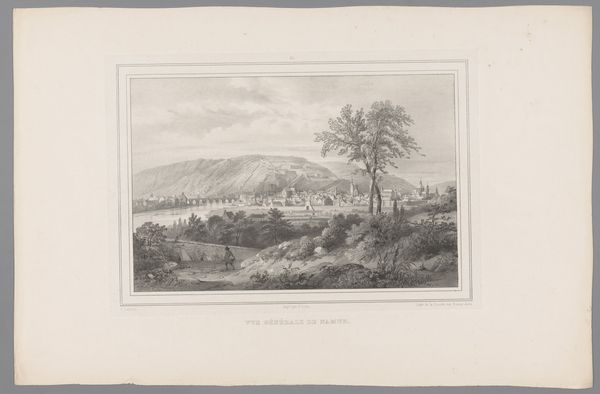
print, etching
#
dutch-golden-age
# print
#
etching
#
landscape
#
realism
Dimensions: height 274 mm, width 413 mm
Copyright: Rijks Museum: Open Domain
Editor: This etching from 1809, titled "Kaart van dijkdoorbraak onder Loenen," shows a landscape touched by disaster. It's by an anonymous artist and evokes a quiet, almost somber feeling despite depicting what I assume was a pretty significant event. How do you interpret this work in the context of its time? Curator: It’s interesting to consider this image not just as a depiction of a flood, but as a constructed narrative about disaster and resilience within a specific social and political context. 1809, after all, was a turbulent time for the Netherlands, caught between French rule and a yearning for independence. The event depicted reflects political and military actions undertaken under Napoleonic orders to flood lands to strategically defend againts British invasion, actions which had serious social impacts on civilian populations. How might portraying this event in print serve a particular purpose for those who commissioned, viewed, or circulated it? Editor: So it’s less about simply documenting the flood and more about shaping public opinion or serving a political narrative? Curator: Precisely. Think about the distribution of prints at the time. Who had access to them? What kind of message might local leaders or even the French administration want to convey about control, about sacrifice, about restoration, given those viewing communities? Was it intended to inform, to warn, or even to console the people? It seems that these landscapes of disasters also have political messages encoded into them. Editor: I see; framing it this way really shifts my perspective. It’s not just a picture of a flooded village. It is a visual statement connected to power and people’s lived realities during occupation. Thanks. I never thought about art that way. Curator: Indeed, reflecting upon these less visible, subtle social relations helps us better appreciate Dutch Golden Age landscapes and realize they are very intricately embedded with the social circumstances of its making and consumption.
Comments
No comments
Be the first to comment and join the conversation on the ultimate creative platform.
